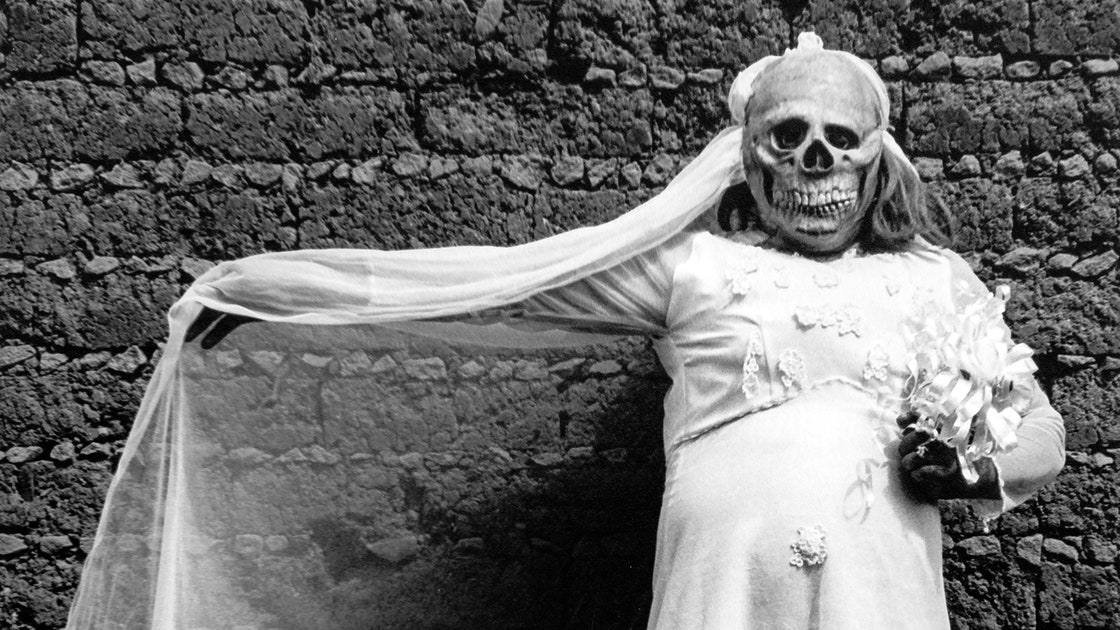Graciela Iturbide’s Art of Seeing Mexico
In the course of her half-century-long career, Iturbide has dedicated herself to documenting the daily lives, the mores, and the remarkable diversity of Mexican people, always with an eye for the dignity of her subjects.
via The New Yorker: https://www.newyorker.com/culture/photo-booth/graciela-iturbides-art-of-seeing-mexico
Four years ago, at the age of seventy-three, the Mexican photographer Graciela Iturbide travelled across her country with the United Nations High Commissioner for Refugees. Their journey began in the southern state of Tabasco, near the border with Guatemala, where migrants make their way north atop a notorious freight train known as La Bestia. In the town of Tenosique, Iturbide stopped by La 72, a shelter built in memory of seventy-two migrants who were slain by a drug cartel, their bodies found, blindfolded and bound, in a derelict farm across the border from Brownsville. The backdrop for many of her photographs were shelters run by friars and nuns, where she captured migrants in rare moments of respite. We see a pair of lovers, who had met on the road, locked in an embrace, and a mother unwinding with her infant son, their forms casting a shadow on a hand-painted mural of Mexico dotted with safety and danger zones. On the last stop of her trip, at a shelter in Oaxaca, Iturbide met a Salvadoran teen-ager who was fleeing MS-13 because he had refused to kill. She found the boy in front of a desktop computer, listening to MS-13 raps and composing his own verses. “Even if he didn’t want to belong anymore, he still did,” Iturbide told me recently by phone, from her studio, in Mexico City.
